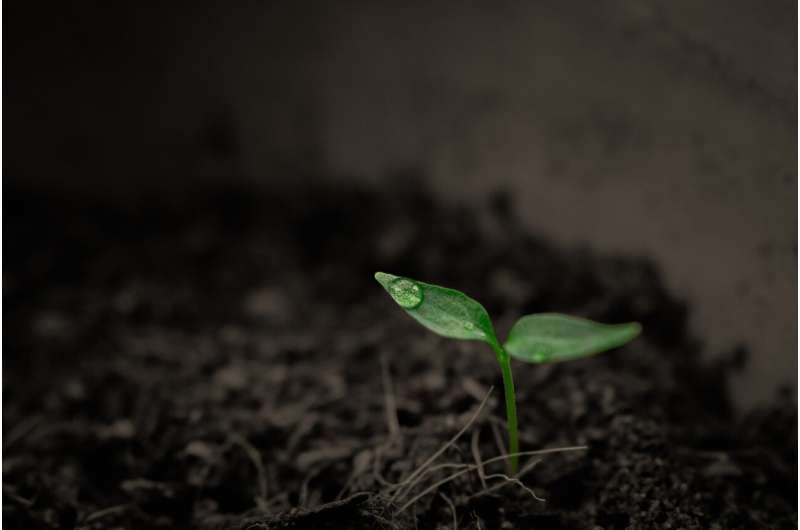Study identifies relationship between body size and soil community assembly in tropical rainforest

Soil microbiota diversity is closely related to nutrient cycling and sustainable soil management. Complex soil system harbors a vast range of soil organisms of different body sizes and is a regulatory center for the majority of ecosystem functions. However, there is still a lack of a clear understanding of the soil community assembly processes at the whole-community level, i.e., the size gradient of soil microbiota groups.
In a study published in Molecular Ecology, researchers from the Xishuangbanna Tropical Botanical Garden (XTBG) of the Chinese Academy of Sciences has attempted to identify the relationship between body size and soil community assembly in a hyper-diverse tropical seasonal forest ecosystem located in the Xishuangbanna region showing high biodiversity in China. They wanted to know whether multitrophic soil microbiota community assembly in tropical seasonal rainforest tends to be deterministic with increasing body size at a local scale.
Using systematic stratified random sampling, the researchers collected 243 soil and organism samples from a 20-hectare plot in Xishuangbanna tropical rainforest. A total of 29 soil microbiotas, including archaea, bacteria, fungi, and nematodes, were selected to set a body size gradient, and nine plant attributes and 17 environmental variables were measured.
They then performed high-throughput sequencing, variation analysis, and principal coordinates of neighborhood matrices to investigate soil community composition, spatial distribution, and assembly processes based on propagule size (including archaea, bacteria, fungi, and nematodes).
The results showed that in the tropical seasonal rainforest, the assembly of the multitrophic soil microbiota became increasingly deterministic with increasing body size. Soil organisms showed higher community similarity than large organisms. With increasing body size, the community similarity decreased significantly.
They further found that environmental factors and plant attributes mediate assembly of multitrophic soil microbiota. The influence of habitat (soil properties and topographical variables) was more prominent for small organisms that showed a decreasing trend with increasing body size. Plant attributes, together with habitat and spatial factors, imposed negative impacts along the body size gradient, which suggested that plant functional traits exerted a strong influence on structuring the habitat by modulating soil properties.
"Our data suggests that the assembly of multitrophic soil communities can be explained by changes in above-ground plant attributes up to some extent. This study provides evidence suggesting that the community assembly process tends to be more deterministic with increasing body size," said Yang Xiaodong of XTBG.
More information: Wenting Wang et al, Body size determines multitrophic soil microbiota community assembly associated with soil and plant attributes in a tropical seasonal rainforest, Molecular Ecology (2022). DOI: 10.1111/mec.16585
Journal information: Molecular Ecology
Provided by Chinese Academy of Sciences




















